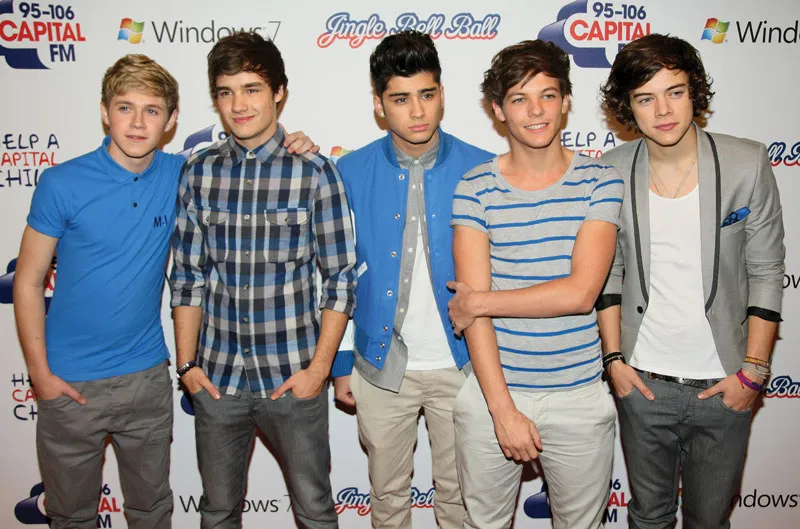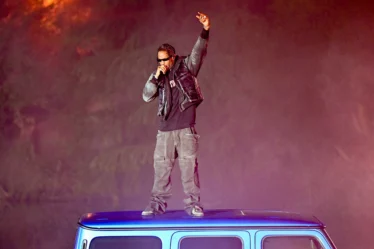
By: Alana Saucier
In the five short years of One Direction being a band, they were simply a cultural phenomenon that transcended the typical boundaries of music and fan culture. Emerging on the scene in the early 2010s, their rise coincided with the start of social media, which has since shaped modern fan culture as we know it. The One Direction fandom was revolutionary, creating an interconnected network that allowed not only the band members to be connected to fans, but more importantly the fans to be connected with each other in their own network of tweets, video edits, fanfiction and more.
One Direction was formed on The X Factor when each boy from the ages of 16-18 auditioned as solo artists. They were later to be put together in a group, where they quickly captured the hearts of millions, generating a dedicated following before even releasing their first single as hundreds of fans waited outside of the X Factor for them. As Simon Cowell, their mentor noted, the phenomenon surrounding One Direction was “unprecedented.” This hysteria lasted for the entirety that the band was together, starting the legacy that would leave a lasting impact on pop culture. Similarly, In 2010, One Direction opened for Big Time Rush. Even though it was Big Time Rush’s show, fans waited outside of the arena screaming and waiting for One Direction. This early and incredibly intense fan engagement set the tone for their future success, demonstrating that they had developed a loyal following before they even had music. This is what made One Direction special- the unwavering amount of love and support they got from fans.
The One Direction fandom grew and became more significant because it emerged during the rise of social media platforms like Twitter, Instagram, and Tumblr creating global communities of fans and bringing people together from all over the world. This sense of belonging was transformative, especially for teenage girls, who often found a sense of identity within the fandom.
One Direction’s impact on the music industry itself was monumental. They achieved record-breaking milestones, such as being the first UK group to have their first four albums debut at number one on the US Billboard 200. Their debut album, Up All Night, made history as the first debut album by a British group to achieve this. Over the years, they broke numerous records, including selling out three consecutive nights at major stadiums which was a level of success that was rare for artists at that time. from 1989 to 2013, only eleven stadium tours occurred, highlighting the significance of One Direction’s Where We Are tour, which remains one of the most attended tours of all time. In contrast, other artists, like Taylor Swift, only transitioned to stadium tours after several albums and years of building their careers. One Direction managed to reach this milestone within just a couple of years. All of these things were accomplished before the oldest band member was even 24 years old, which is when the band announced their hiatus.
Even years after their hiatus, One Direction continues to be relevant whether it be through solo careers or just the passing down of music and fans who have continued to follow their careers. Despite not having released music in almost a decade, the remain in the top 60 most streamed artists on Spotify. Since the death of Liam Payne, they are currently #29th in the world.
One Direction’s influence on music and fan culture remains unmatched, having shaped the way today’s fandoms interact with their favorite artists. Their legacy lives on not just through the music they created, but in the lasting bonds formed among their fans and the ways they transformed social media. Even as each individual member pursues their solo career, the legacy they built continues to define their place in pop culture and music history.



